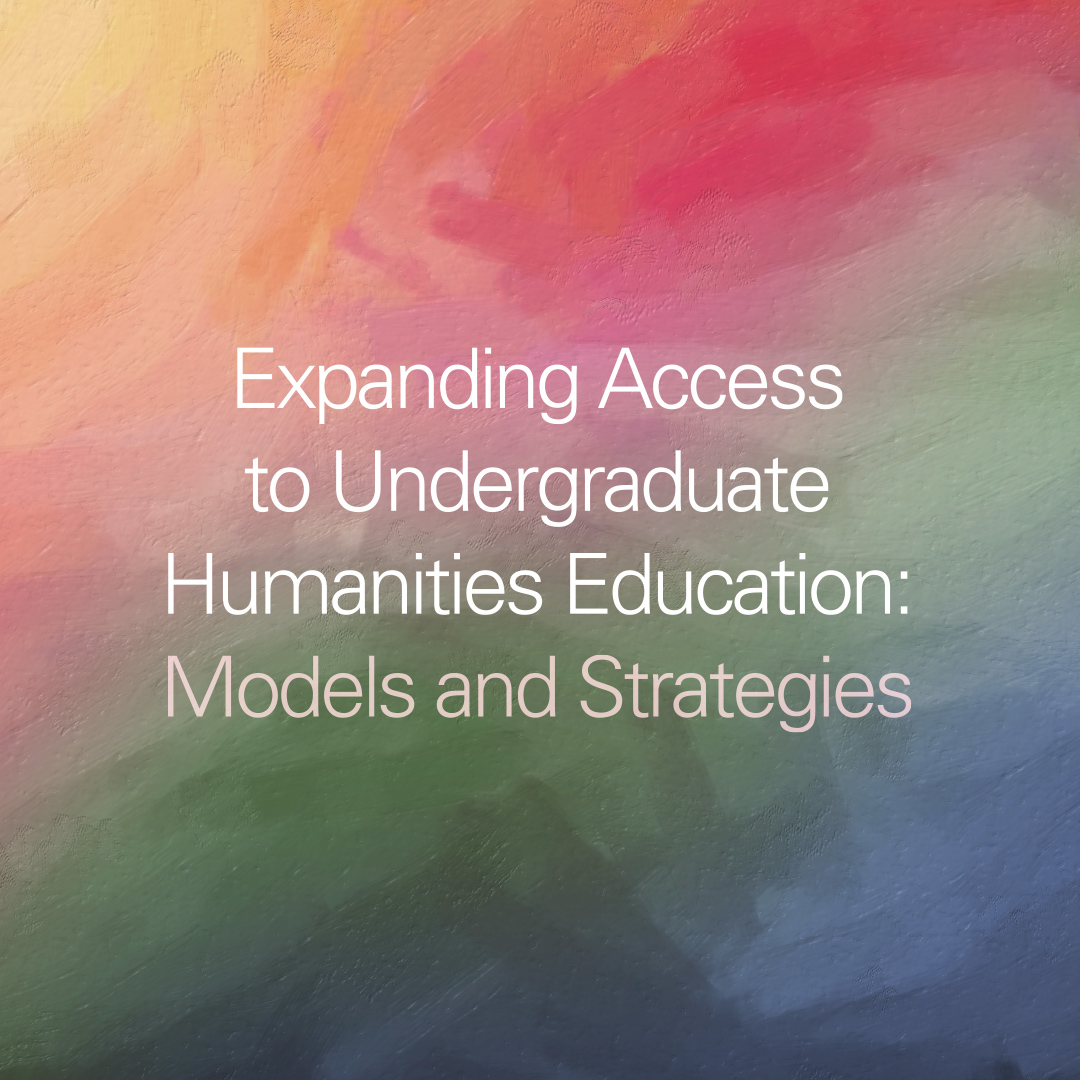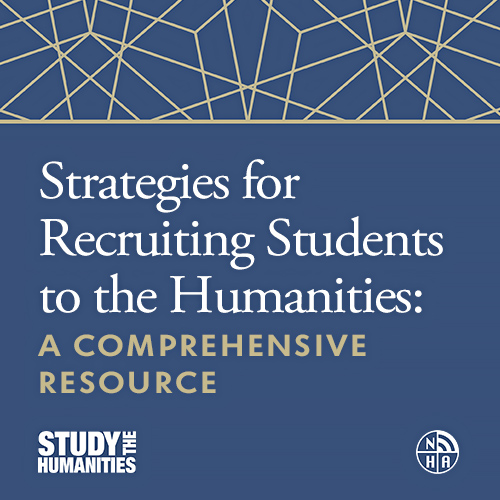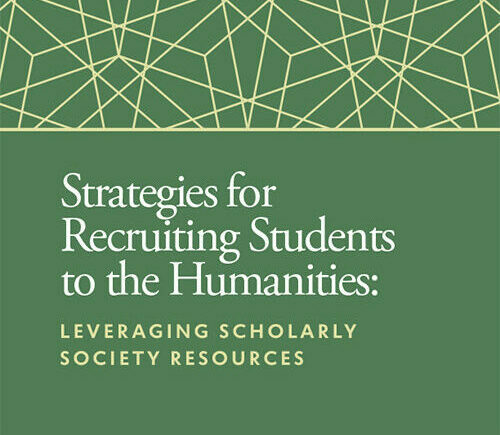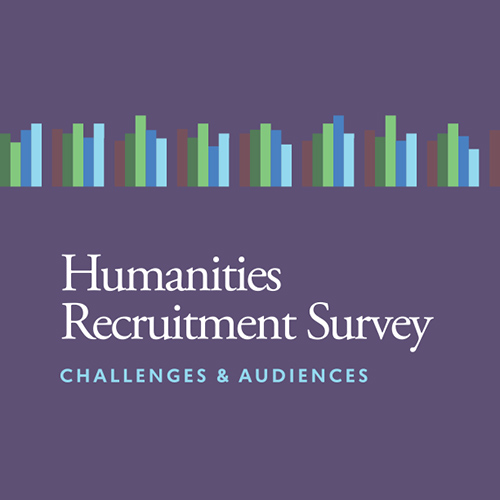Part of our Mellon-funded Study the Humanities initiative, this resource identifies effective strategies for attracting a diverse population of students to the humanities in the context of persistent declines in humanities enrollments and a diversifying undergraduate population.
Read the Report

This report features 15 in-depth case studies of initiatives that have successfully engaged and supported students from different historically underrepresented groups. The case studies are organized into two main sections: (1) initiatives that proactively engage and support students from historically underrepresented groups and (2) initiatives that, while pitched to the broader student population, have increased representation of one or more of a variety of historically underrepresented groups.
Read the ReportMethodology
This report is based off a survey that was distributed to more than 1,000 two- and four-year institutions in Fall 2021 and Spring 2022, with a special emphasis on reaching public institutions in all 50 U.S. states, Puerto Rico, Guam, the U.S. Virgin Islands, and the vast majority of minority-serving institutions (MSIs). We received more than 300 responses from faculty and administrators at a wide variety of institutions. In addition to general questions about recruitment trends, we asked specifically about the interventions that had proven successful in addressing barriers to access and attracting a diverse population of students. We chose not to define “students from historically underrepresented groups” so that respondents might apply this term freely from their unique contexts. As a result, this report takes both local and national patterns of underrepresentation into consideration.
After analyzing the survey data, we interviewed faculty and administrators about the strategies and initiatives they had developed to address barriers and foster diversity and belonging in their undergraduate humanities courses and programs. In each case, we looked for concrete evidence that these efforts were indeed helping to expand access. In certain cases, we collected testimonials or conducted additional survey research to better understand the impact of these interventions on students and how the initiatives succeeded in making humanistic study more accessible.



